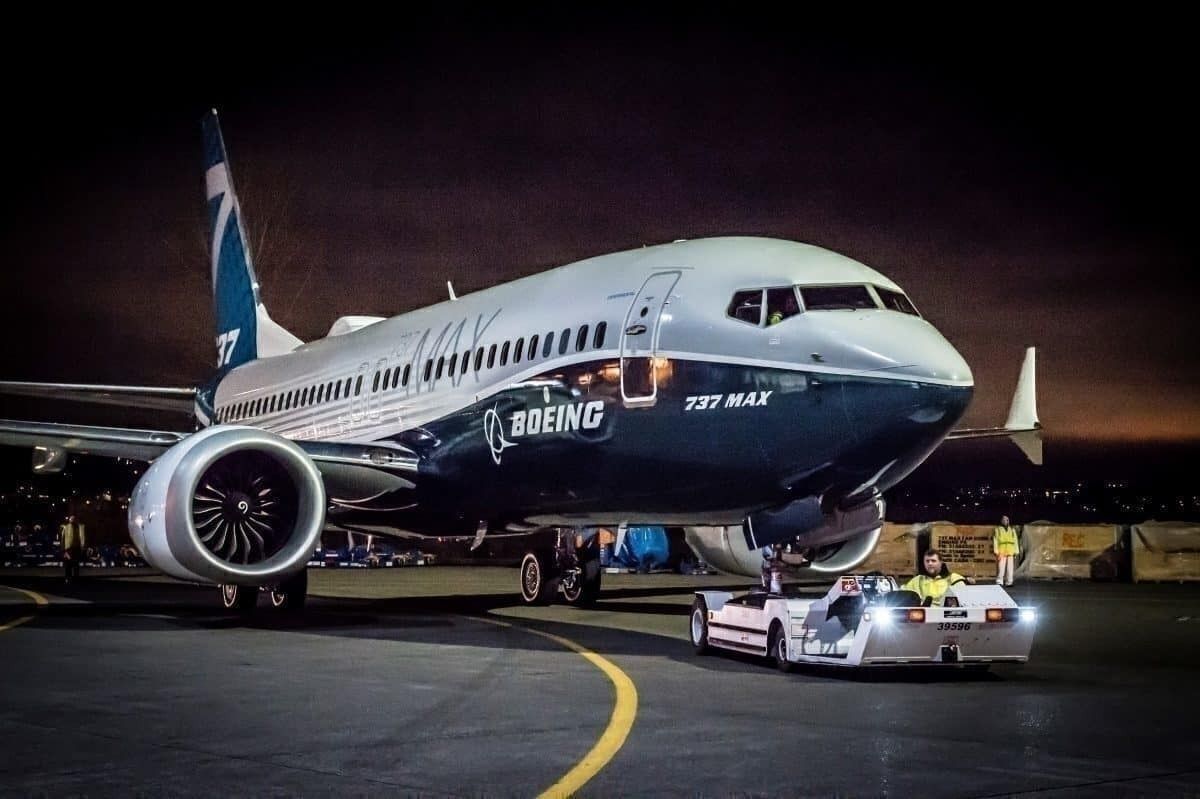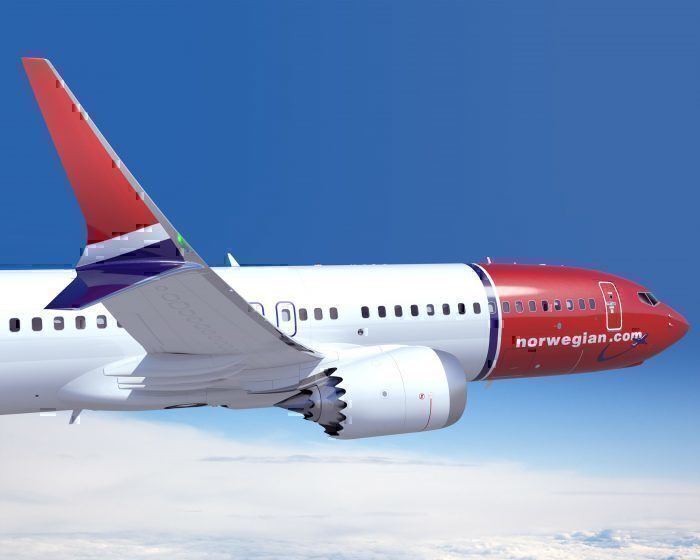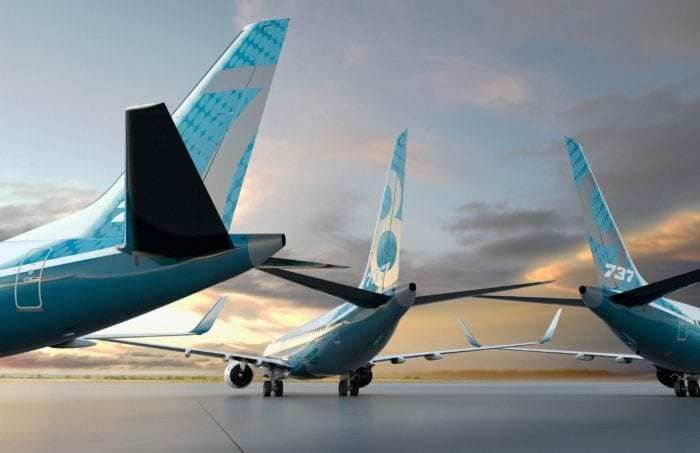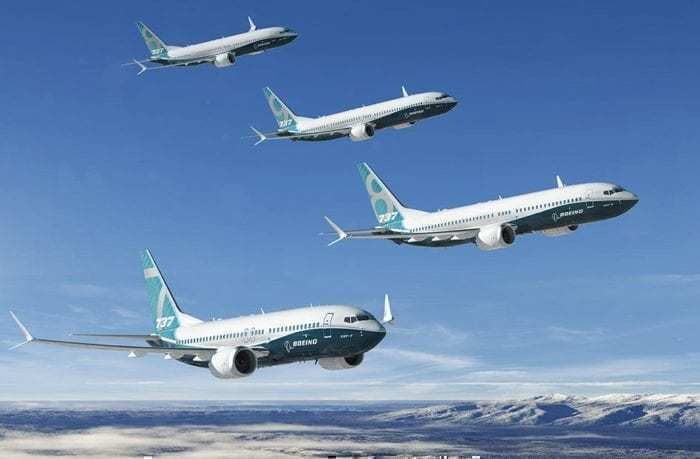The European Aviation Safety Agency (EASA) has said it will not take the FAA’s word that the 737 MAX is safe to return to service. The watchdog is instead insisting that it runs its own tests, including safety assessments and flight testing for one full week.
In a recent presentation by Patrick Ky to the European Parliament’s transport committee, the EASA chief revealed a list of four conditions which would have to be met before EASA would allow the MAX to fly again. He noted that the FAA now finds itself in a “very difficult situation”, indicating that the hierarchy between certification authorities and the US agency may be forever changed, saying,
“It is very likely that international authorities will want a second opinion, or a further opinion … It was not like this a year ago.”
The four conditions
The EASA has made clear it will not accept the US verdict on the safety of the 737 MAX. Instead, it plans to run its own tests on the aircraft before allowing it to fly.
In detail, the four conditions are:
- No delegation: Design changes proposed by Boeing need to be EASA approved
- A broader review: EASA wants an “additional and broader independent design review” to be conducted by EASA
- A full understanding: EASA wants to be sure that both crashes are fully understood
- Training for crew: The agency demands all Boeing 737 MAX flight crews are adequately trained
As well as this, EASA wants Boeing to demonstrate the stability of the MAX during unusual and extreme maneuvers, both with the updated MCAS in operation and with the system switched off. There are also plans in the pipeline for a full week of flight testing in Boeing’s simulators by EASA representatives.
An unprecedented level of effort
As part of the presentation, Ky outlined what had been achieved so far, and what was still yet to be done.
Ky described how EASA has been working alongside Boeing and the FAA throughout the investigation, a task which EASA has described as an “unprecedented level of effort.” Among other things, the agency has described this as involving 20 multi-disciplinary experts on their side, 2-3 weekly web-based meetings with Boeing and the review of more than 500 documents and actions.
Already, EASA has set out requirements for simulator and flight evaluation of the aircraft. On May 22nd, the agency communicated 70 test points for evaluation, covering both normal and abnormal operations.
EASA are not satisfied with progress so far. While it notes a level of satisfaction with changes to the flight control computer architecture and that improved crew procedures and training were a work in progress, it states there is “still no appropriate response to Angle of Attack integrity issues.”
How will this affect the return to service date?
The tough stance by the European authority will come as a blow to Boeing, who still maintains high hopes of getting the jet back into service this side of the New Year. The FAA could still approve the aircraft to fly as early as October, as Boeing is hoping, but this would only allow it to fly domestically in the US.
Even more notable, however, is the notion that other regulators will no longer bow to the FAA on safety issues. In the past, aviation regulators typically follow the lead of others, in particular the FAA, but it seems international confidence has been shaken, perhaps irreparably.
On Tuesday, Reuters reported that the head of the International Air Transport Association (IATA) had expressed concern regarding a lack of unity in international regulation. Director general, Alexandre de Juniac is quoted as saying,
“With the 737 MAX we are a bit worried ... because we don’t see the normal unanimity among international regulators that should be the case … We see a discrepancy that’s detrimental to the industry”
In response, the FAA emailed a statement to Reuters, which stated that “each government will make its own decision to return the aircraft to service based on a thorough safety assessment.”
While the timeline for the MAX’s return to service remains uncertain, operators are continuing to remove it from schedules into the New Year. It remains to be seen whether the international regulatory community can come to a consensus ahead of the year end.




